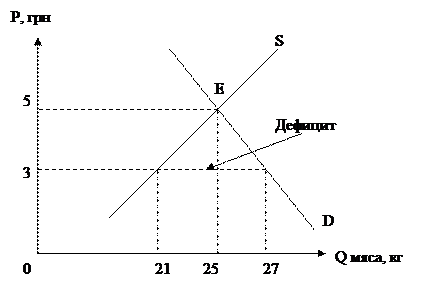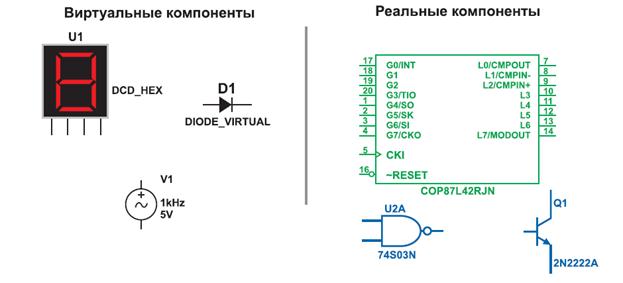Past presidential campaign review
After the fall of fujimorismo throughout the 2000s Peru has been undergoing a rapid economic growth accompanied by big social discontent. There is still a big inequality of political representation and economical redistribution in the country. The era of Fujimori was marked by an autocratic regime that suppressed the spectrum of political parties. Many studies (e.g. Tanaka 2011) say that Peru almost lacks the party structure, discipline and continuity. Political parties act as institutions secondary to the immediate presidential candidate and do not get robust support. In fact, Peruvians do not trust in politicians. According to Dennison (2011), only 14% of Peruvians trust Congress, which is close to the figure of 16% for stability of democracy provided by LAPOP (2012). In this case the politicians win elections by appealing to the immediate concerns of the population rather than by appealing to continuity and identity. Tanaka (2011) presents an almost ironic paradox that “Analysts felt baffled that despite Peru’s steady progress since the 2000 fall from power of Alberto Fujimori (Keiko’s father) amid massive antiauthoritarian and anticorruption protests, voters’ top two choices for president were an antisystem outsider and the daughter of the disgraced former president.” Tanaka analyzes the two post-Fujimori presidential terms of Toledo and García to conclude that despite the steady economic growth, those governments were mostly preoccupied with immediate concerns and never allowed a steady party system to develop (2011). Tanaka further goes on to compare the two elections of Ollanta Humala – 2006 lost to Alan García and 2011 won against Keiko Fujimori. In both cases Humala won by gaining support of impoverished, rural, indigenous parts of the population – correlation of his supporters in two elections is cited to be at 80%. However, two different strategies were used, so this repetition cannot be explained by continuity and allegiance of the voters. In fact, Humala’s support was very low in the polls a few months before the 2011 elections. Dennison (2011) explains the difference of Humala’s strategy in difference of his role model. In 2006 campaign he used the direct support of Hugo Chávez of Venezuela and claimed radical left ideology. But a few months before the 2011 election he changed his course to align with the popular ex-president of Brazil Luis Inácio Lula de Silva, as well as shifting political and economic ideology much closer to the center (Dennison 2011). Tanaka (2011) says that with weak party structure the Peruvian electorate is only fragmented into social and geographical parts, as opposed to partisan. The key to victory is the correct appeal to this fragmented structure. Tanaka says that Humala correctly used the polls showing that people were generally more content with the economic course in 2011, and he came forward with mild reforms, as opposed to the radical revamp proposals of 2006. As well, assembling his cabinet of ministers, Humala relied on more experience centrist people from Toledo administration.
|




